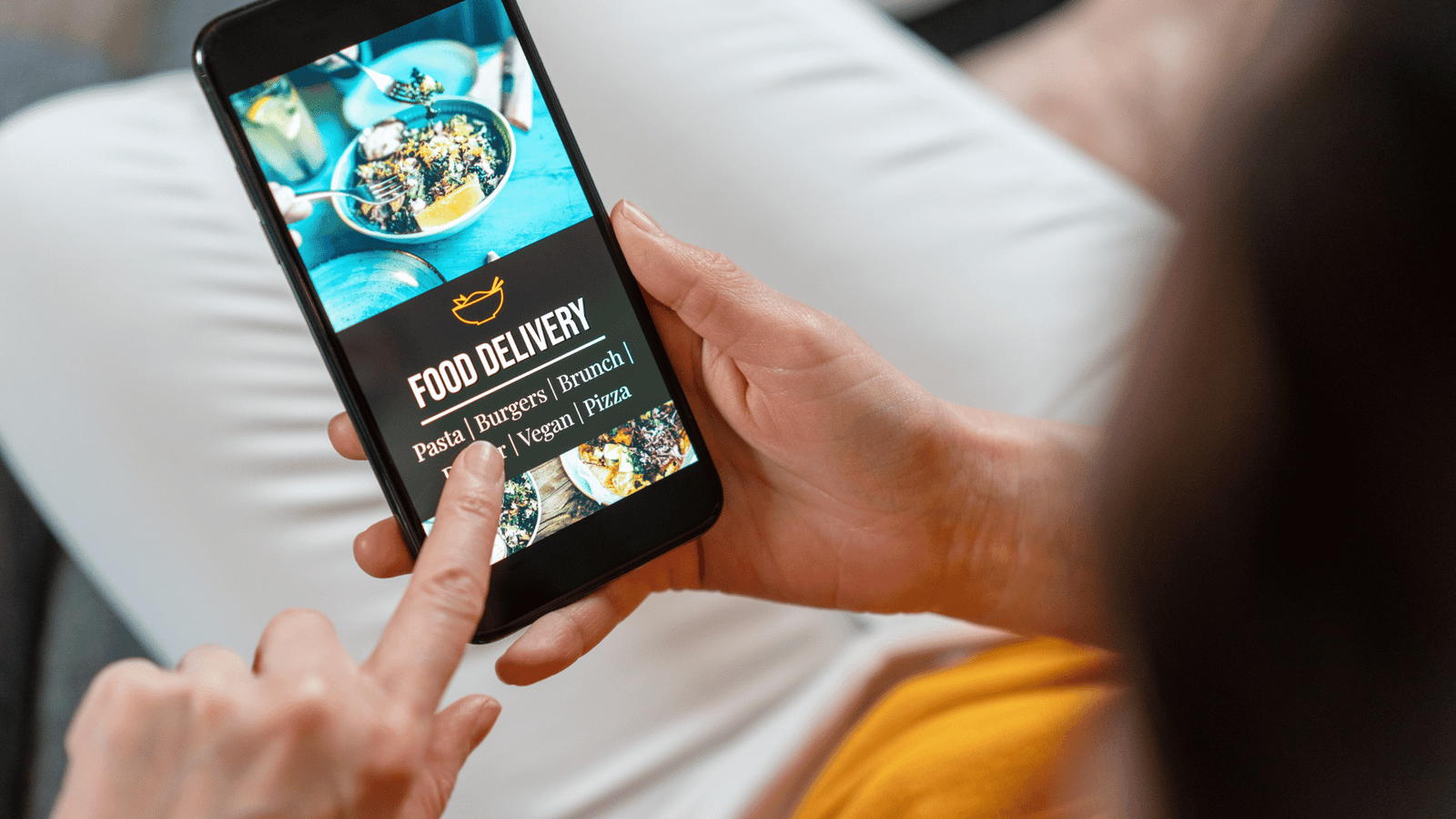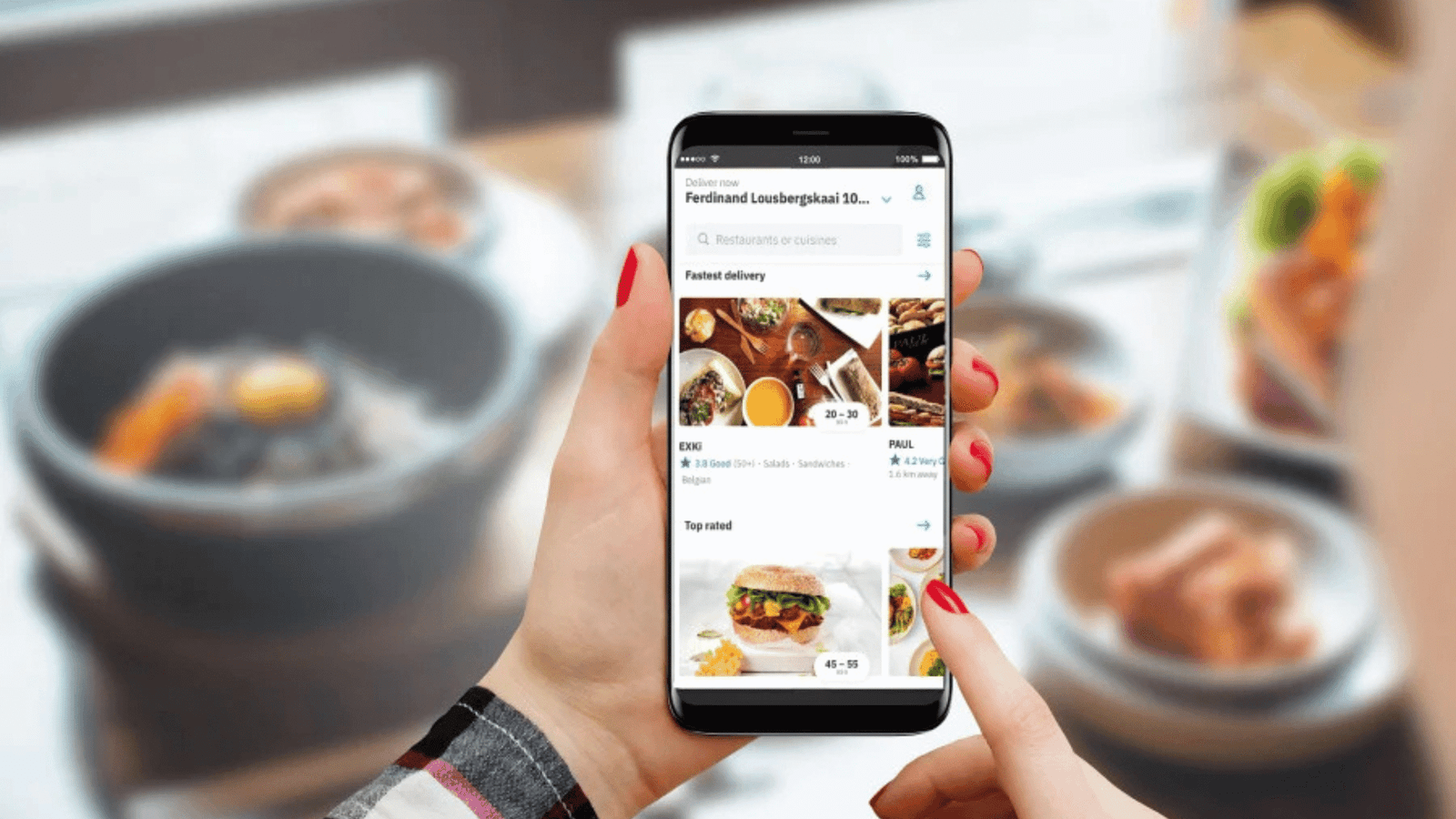Pune, known for its vibrant culture, top-tier educational institutions, and thriving IT sector, is rapidly becoming one of India’s most promising locations for food-tech ventures. With a young, cosmopolitan population and a rising demand for convenient dining options, there’s no better time to start a cloud kitchen in Pune. Whether you’re a passionate chef, a food entrepreneur, or simply curious about the delivery-first model, this guide will help you start cloud kitchen Pune successfully—from planning to scaling your operations.

What Is a Cloud Kitchen?
A cloud kitchen, also known as a ghost kitchen, dark kitchen, or virtual restaurant, is a delivery-only food service setup that eliminates the traditional dine-in model. These kitchens operate entirely online, relying on platforms like Swiggy, Zomato, and their own ordering apps or websites to fulfill customer orders.
Unlike brick-and-mortar restaurants, cloud kitchens prioritize operational efficiency, lower setup costs, and data-driven decision-making. In cities like Pune, where delivery culture is thriving, cloud kitchens have become the go-to model for food entrepreneurs.
Why Pune is the Ideal City for Starting a Cloud Kitchen
Here’s what makes Pune a hotspot for cloud kitchens:
1. Booming Food Delivery Culture
Pune is one of the top cities in India for food delivery volume. Students, working professionals, and even families increasingly prefer food delivery over dine-in experiences. The convenience-first lifestyle aligns perfectly with the cloud kitchen model.
2. Youthful and Digital-First Population
Over 60% of Pune’s population falls in the 18–35 age group. This tech-savvy demographic is highly active on food delivery apps and social media. Their adventurous palate makes Pune an ideal market to experiment with unique cuisines, fusion foods, and global concepts.
3. Cost-Effective Operations
Compared to Mumbai or Bengaluru, real estate and labor costs in Pune are significantly lower. You can rent commercial kitchen space in Pune’s outskirts and still cater to the city’s high-demand zones using aggregator logistics.
4. High Student and Corporate Footfall
With over 800 colleges and multiple IT parks (like Hinjewadi, Magarpatta, Kharadi), Pune has a dense concentration of students and office-goers who rely on daily food delivery. Cloud kitchens that cater to lunch boxes, budget meals, and healthy food trends can thrive here.

Cloud Kitchen Business Models You Can Explore
Before diving into setup, it’s essential to choose a business model that suits your goals:
🔹 Single Brand, Single Kitchen
Operate one cuisine-focused brand from a single kitchen. Ideal for beginners testing market waters.
🔹 Multi-Brand Cloud Kitchen
Run 2–6 virtual brands (like biryani, salad, pizza, and momos) from one kitchen. It helps target different customer segments with minimal extra cost.
🔹 Aggregator Kitchen Model
Tie up with Swiggy Access or Zomato Infrastructure to use their space, equipment, and delivery logistics.
🔹 Home-Based Cloud Kitchen
Operate from your home kitchen with proper licensing. Best for low-cost, personal brands like tiffins or mom’s-style meals.
Step-by-Step Guide to Start Cloud Kitchen Pune
Here’s a simple but detailed roadmap to help you build your dream cloud kitchen:
Step 1: Market Research and Concept Development
Understand Pune’s Food Trends:
- Biryani, Pizza, and North Indian meals are top sellers.
- Vegan, salad, and keto bowls are fast-growing in areas like Kothrud and Koregaon Park.
- Late-night meals and budget combos work well near student hubs.
Decide Your Niche:
- Choose a concept: Budget meals, premium food, vegan bowls, Korean cuisine, etc.
- Research competition around you (check Swiggy/Zomato in your desired delivery radius).
- Look for gaps in the market (e.g., is there no affordable Asian food near Hinjewadi?)
Step 2: Location and Kitchen Setup
Where to Set Up?
- Ideal areas: Baner, Kharadi, Viman Nagar, Hinjewadi, Wakad, Kothrud.
- Choose a 200–500 sq. ft. space with clean water, ventilation, fire safety, and delivery access.
- Use Google Maps and Zomato heatmaps to find high-delivery-demand locations.
Kitchen Infrastructure:
- Commercial stoves, deep freezers, OTGs, food processors, stainless steel tables.
- Setup cost: ₹4–6 lakhs depending on brand complexity.
- Focus on hygiene: Anti-slip flooring, pest control, food-grade storage.

Step 3: Legal Licenses and Registrations
To operate legally in Pune, you need:
- FSSAI License (₹1000/year approx.)
- Shops and Establishment Act Registration
- Trade License from Pune Municipal Corporation
- Fire NOC (if using LPG or cooking equipment)
- GST Registration (if annual turnover > ₹20 lakhs)
Tip: Use an FSSAI consultant to speed up license approvals and stay compliant with local norms.
Step 4: Hire a Skilled Team
Start lean with:
- 1 Head Chef
- 1–2 Assistant Cooks
- 1 Packer/Order Manager
Offer basic food safety training. Incentivize staff with daily bonuses on peak days (like weekends).
Step 5: Menu Planning and Pricing
Golden Rules:
- Keep SKUs under 20 items to begin with.
- Use common ingredients across dishes to reduce inventory waste.
- Offer combo meals (e.g., Biryani + Gulab Jamun at ₹199) to increase ticket size.
Popular Items in Pune:
- Budget Thali Boxes (₹99–₹129)
- Loaded Fries, Mac n Cheese
- Peri Peri Biryani
- Korean-style Ramen Bowls
- Mango Mastani (seasonal)
Step 6: Partner with Delivery Platforms
You’ll need Swiggy, Zomato, and even ONDC integrations.
Registration Process:
- PAN card, FSSAI, GST (optional), bank account
- Menu in PDF/Excel
- Photos of 5 dishes (real, well-lit images)
Pro Tips:
- Start with 20–25% commission deals.
- Focus on high-margin products.
- Maintain 4.3+ star rating with fast delivery and good packaging.

Step 7: Packaging and Hygiene
Your packaging is your brand. Invest in:
- Tamper-proof containers
- Branding stickers or custom-printed boxes
- Eco-friendly options (kraft paper, bagasse containers)
Also, install CCTV in the kitchen to monitor hygiene and operations.
Step 8: Build an Online Presence
Don’t rely only on Swiggy. Create your own customer funnel.
Website:
- Use WordPress + WooCommerce for ordering
- Integrate Razorpay + SMS + WhatsApp
- Add “Refer a Friend” feature
- Showcase behind-the-scenes videos
- Promote weekend meal deals
- Partner with local food bloggers in Pune
- Rank for keywords like “best biryani in Baner” or “Keto salad in Koregaon Park”
- Start a blog (e.g., “5 Healthy Meals Under ₹150” or “How We Make Biryani in 10 Mins”)
Step 9: Launch and Scale
Launch Tips:
- Offer flat 20% OFF for the first 7 days.
- Encourage early reviews with cashback or free desserts.
- Do a “Kitchen Tour” reel for social trust.
Scale Smart:
- Add 2nd brand from the same kitchen after 2 months.
- Use data from Swiggy/Zomato dashboard to identify bestsellers.
- Expand delivery radius after 90 days.

Home-Based Cloud Kitchens – Can You Start From Home in Pune?
Yes, you can start a home-based kitchen, especially for tiffins, healthy meals, or gourmet treats. Just ensure:
- Your housing society permits it.
- You get an FSSAI license for a home business.
- You separate personal and business cooking equipment.
Best niches for home kitchens:
- Diabetic/PCOS meals
- Regional specialties (like Goan curry, Punjabi dal)
- Vegan sweets or low-sugar desserts
Cost to Start a Cloud Kitchen in Pune (2025)
| Expense | Estimated Cost |
|---|---|
| Kitchen Rent (monthly) | ₹20,000 – ₹40,000 |
| Equipment Setup | ₹2.5 – ₹6 lakhs |
| Staff Salaries | ₹40,000 – ₹80,000 |
| Packaging Materials | ₹10,000/month |
| Branding/Marketing | ₹20,000/month |
| Swiggy/Zomato Commission | 20–25% per order |
| License & Registration | ₹10,000 – ₹15,000 (one-time) |
Total Initial Investment: ₹5–8 lakhs (scalable based on size and brand vision)
Challenges of Running a Cloud Kitchen
- Heavy dependency on aggregator platforms
- Competition with low-price brands offering discounts
- Maintaining consistency and food quality during rush hours
- Hiring reliable delivery riders (if using self-delivery)
Tips for Long-Term Success
- Introduce loyalty cards and WhatsApp ordering to retain regular customers
- Invest in CRM tools to track repeat orders, feedback, and delivery metrics
- Launch festival combos and limited-edition menus
- Keep your menu seasonal and ingredient costs optimised
Franchising a Cloud Kitchen: Fast-Track Option
You can skip the groundwork and plug into a successful franchise model. Consider:
- GreenSalad.in – Healthy salad cloud kitchen
- Hot Dog Harbour – Fast food hot dog brand
- Fruut.in – Cut-fruit and juice-focused brand
- Sugoi Ramen – India’s first Japanese ramen cloud kitchen
These franchises provide:
- Menu + branding
- Training
- Delivery aggregator support
- Launch marketing
- Tech + CRM setup
Investment: Starting ₹2.5–5 Lakhs
Read Also :- How to Start a Cloud Kitchen Business: A Comprehensive Guide for Success
How to Start a Cloud Kitchen from Home: A Complete Guide
Final Thoughts: Is Pune the Right Place to Start a Cloud Kitchen?
Absolutely. Pune offers the perfect blend of affordability, audience, and opportunity for launching a cloud kitchen. With food delivery becoming a lifestyle choice for the city’s youth, your brand can build strong traction if you deliver quality, speed, and consistency.
By starting lean, focusing on a niche, leveraging aggregator power, and building your direct brand ecosystem, your cloud kitchen business in Pune can grow into a profitable and scalable venture.
Frequently Asked Questions (FAQs)
Q1. Do I need a commercial kitchen or can I start from home?
You can start from home with the right FSSAI license and permissions, especially for small-scale meal boxes or tiffins.
Q2. How long does it take to break even?
Most cloud kitchens break even in 8–12 months if you manage costs well and maintain steady order volume.
Q3. Is it better to partner with Swiggy/Zomato or sell through my own app?
Start with aggregators to gain volume. Once established, build your own customer base via WhatsApp and web orders.
Q4. Can I run multiple food brands from the same kitchen?
Yes, and it’s highly recommended. Use different packaging and names but share the same kitchen space and staff.






